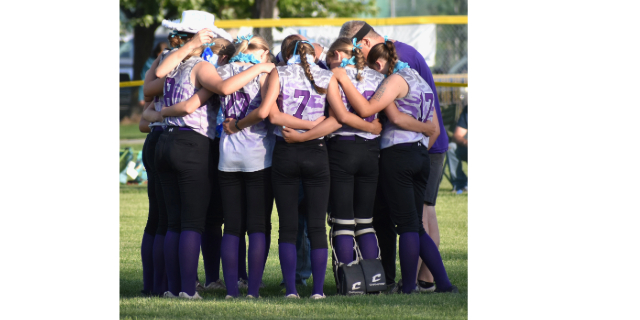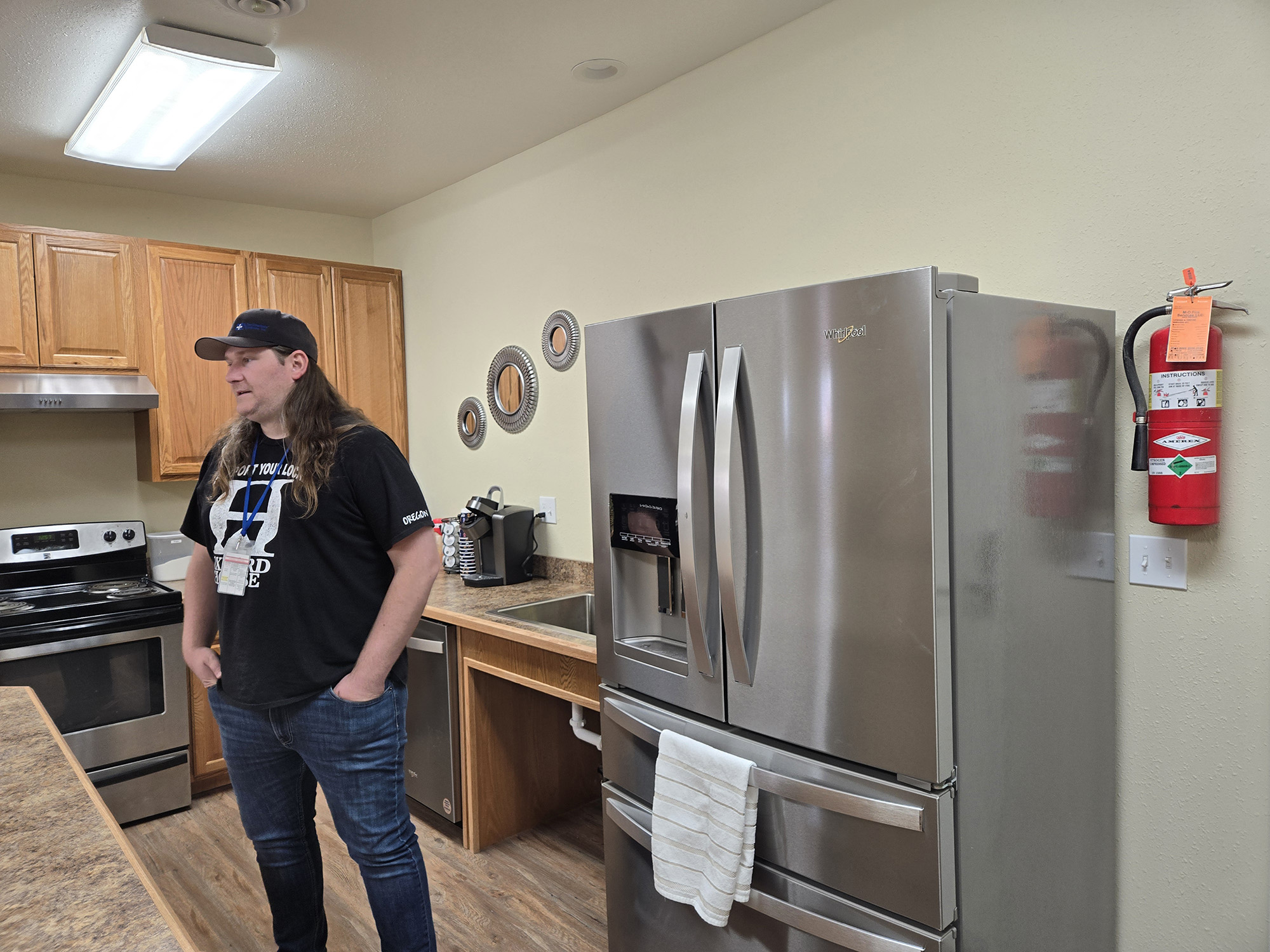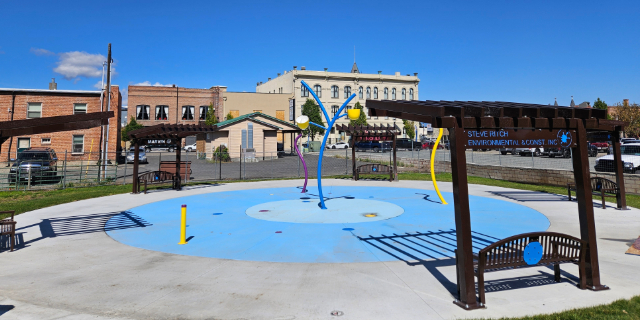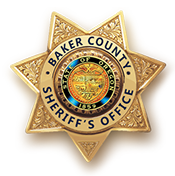Record prices spreading gold fever
Published 2:47 pm Monday, December 7, 2009

- Terry Karp, owner of Baker City Gold and SIlver, empties vials of gold brought to him by a local miner. Karp will weigh the amount and determine the value of 3-1/2 ounces to be $4,026. (Baker City Herald/S. John Collins)
At around $1,200 an ounce, even a small amount of the precious metal can put a big wad of cash in your wallet
With gold prices climbing to a record $1,200 an ounce, gold fever
is spreading around Baker County – home to some of the riches gold
veins ever mined in Oregon.
“Today the spot price for gold is $1,210 an ounce,” Terry Karp, owner of Baker City Gold and Silver, said Thursday.
Karp said gold prices are expected to continue rising due to the
declining value of the dollar, the shaky national economy and fears
that inflation will replace the recession.
“I’ve been in the gold business over 30 years and I’ve never seen
anything like this,” Karp said. “The last record prices we had was back
in 1979-1980 when gold was around $800 an ounce.”
Gold prices dropped into the $300 to $600 an ounce range later in
the 1980s and through much of the 1990s, before bottoming out at a
modern-day low of $255 an ounce in 2001.
The current surge in gold prices started last fall.
“With gold prices as high as they are, we’d have a big gold rush in
Baker County right now, if it wasn’t for all the government
regulations,” Karp said. “Government regulations killed the mining
industry just like they killed the timber industry.”
While government regulations may be preventing an old-fashioned gold rush with thousands of miners converging on an area and going to work almost overnight, Karp said he’s heard rumors of some large mining companies talking with locals who hold claims to some of the area’s richest veins.
Lately, Karp said he’s seen more people who panned for gold in area rivers and brought him their findings to be weighed, measured and sold.
“At $1,200 an ounce it doesn’t take much gold to be worth a lot of money,” he said.
He’s also noticed a surge in people bringing in gold necklaces and other jewelry to sell.
“I don’t deal in jewelry. I’m not a jewelry store, but I buy and sell it by the ounce, for the price of the metal,” Karp said.
As for those gold buyers advertising on television, Karp said anyone who wants to sell gold or silver jewelry for the value of the metals would be better off to bring it into him or another gold dealer to get the best price.
“Out of curiosity I sent in a necklace I paid a lady $39 for in cash, and they sent me a check for $18.38. So, the TV buyers of gold and silver are paying about half what I pay,” Karp said.
With record high prices for gold “comes a flood of new sellers, and you should always be cautious before committing to any transaction, especially when responding to TV and newspaper advertising,” Karp said.
Karp said he’s been buying and selling gold and silver through the American Metals Association since 1981, and he knows from experience that the firm is fair and honest in its dealings.
For would-be prospectors eager to cash in on the current prices, the Oregon Department of Geology and Mineral Industries reports there’s still plenty of gold around Baker County.
In fact, the Gold Prospectors Association of America ranks Baker County as one of the best counties in Oregon and nationwide for gold prospecting.
On Oct. 23, 1861, Henry Griffin discovered gold in an area, now known as Griffin Gulch, several miles southwest of Baker City
Since then, Baker County has been responsible for two-thirds of the gold found in Oregon. The county’s extremely rich placer deposits and lodes have generated over 2 million ounces of gold.
A gold mining and geological history of Baker County describes the various districts where gold strikes and mining were documented during the turn-of-the century gold mining heyday around Baker County.
The Baker District near Baker City produced more than 37,000 ounces of gold. Half of that came from placers.
West of Baker City, Salmon and Marble creeks had rich deposits of placer gold, in particular the Nelson Placer. On Salmon Creek above the Nelson placer diggings, is the Carpenter Hill Mine. This was a large producer lode mine. In McChord Gulch is the Paine-Old Soldier Group of mines (Yellowstone). These mines had a total production of 100,000 ounces of lode gold.
Virtue District
East of Baker City about 10 miles, near Virtue Flat, is the Virtue District. This district produced more than 100,000 ounces of lode and placer gold.
Northwest of Baker City about 15 miles, on the north side of Elkhorn Ridge in the upper drainages of Rock and Pine creeks, is the Rock Creek District. The district produced more than 60,000 ounces of gold.
On the North Fork of Pine Creek, the Baisley-Elkhorn mine, discovered in 1882, was a principal producer. In the Rock Creek drainage the Highland and Maxwell mines were also major producers of lode gold. The Chloride Club, and Western Union mines were all minor producers.
Homestead
The Homestead district is along the Snake River and includes the Iron Dyke Copper Mine, which produced around 35,000 ounces of gold in addition to copper ore.
Durkee
This district southeast of Baker City had a total production of at least 50,000 ounces of lode gold and 3,500 ounces of placer gold. Shirttail Creek was especially rich in placer gold.
Also in the area are the Weatherby District, Rye Valley and Mormon Basin, all of which produced placer and lode gold.
Greenhorn
At the far western edge of Baker County, this historic town is the center of a mining district that extends into Grant County.
This district produced more than 90,000 ounces of lode gold and 15,000 ounces of placer gold. Most of the streams and gulches around Winterville, Parkerville, and McNammee gulches have had productive placers.
Halfway
East of Baker City, the cornerstone of this district was the Cornucopia mines, the richest in Oregon.
Hereford
In the Hereford area about 36 miles southwest of Baker City, the upper Burnt River District produced about 10,000 ounces oflode and placer gold.
All tributaries to Burnt River were rich sources of placer gold.
Medical Springs
In the Medical Springs area about 18 miles northeast of Baker City, several streams were the site of extensive placer mining, including Big Creek, Eagle Creek, Powder River, Clover Creek, Balm Creek and Goose Creek.
Richland
About 40 miles east of Baker City, between the mouths of the Burnt and Powder rivers, this area included some of Oregon’s richest placer gold deposits.
Sumpter
The Sumpter area west of Baker City is by far the richest placer ground in Baker County.
More than 300,000 ounces of placer gold came from the Powder River area and tributaries, much of which was collected by the massive dredge that worked the gravels of the Powder River Valley.
Cracker Creek and McCully Fork had extensive placers as well.
There are dozens of old lode mines in the area, as well, some at elevations above 8,000 feet.





